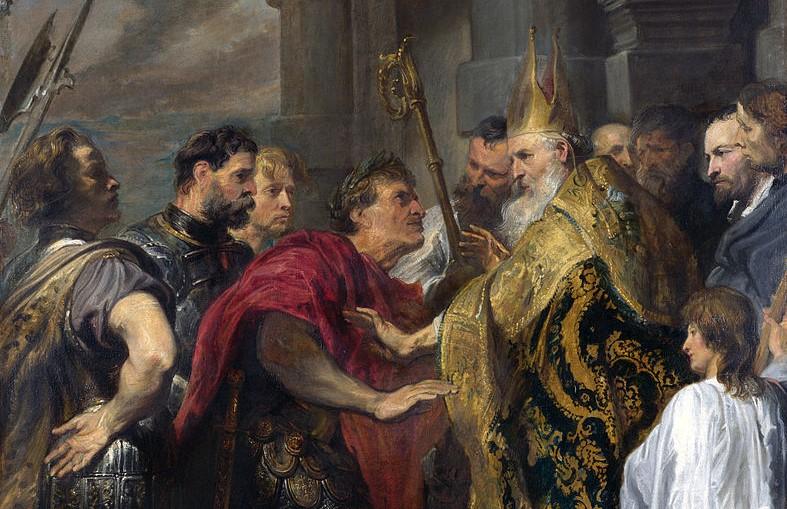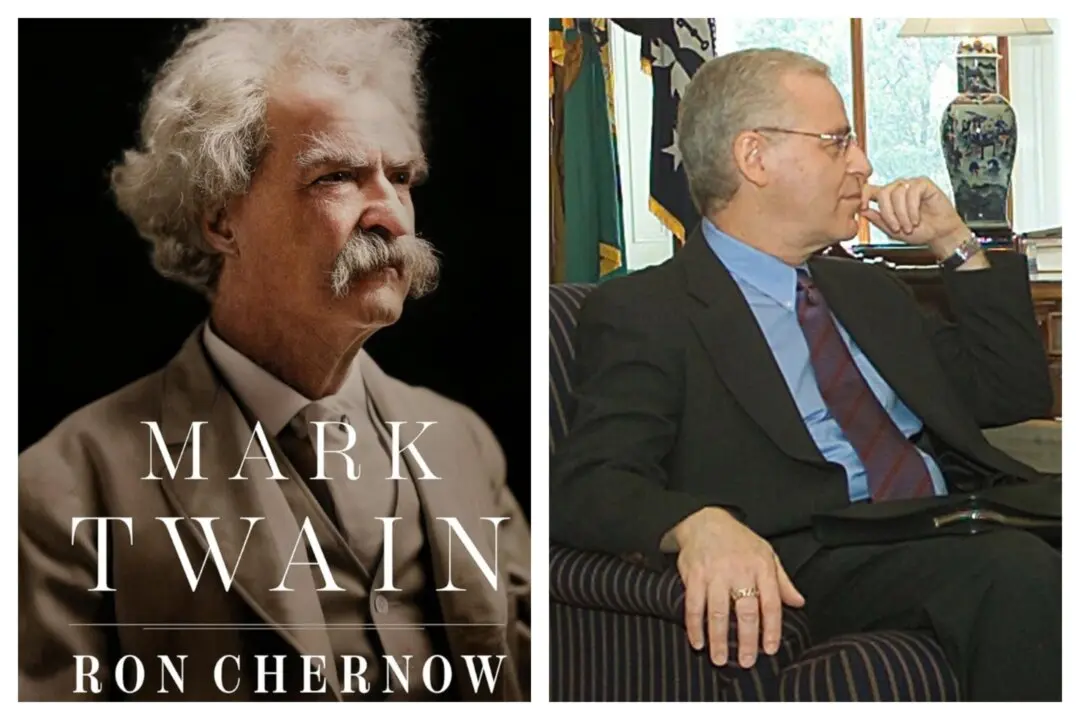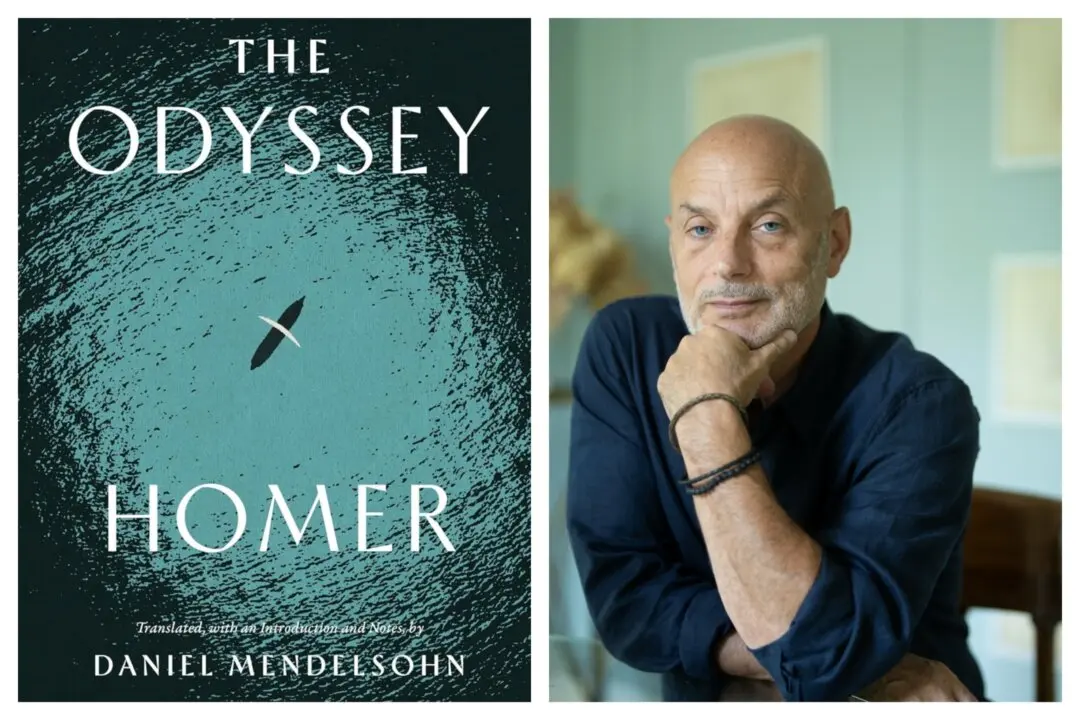Patrick Boucheron, the French historian, has written a very insightful work on the life of St. Ambrose titled “Trace & Aura.” But the subtitle, “The Recurring Lives of St. Ambrose of Milan,” clarifies that the book is not so much about St. Ambrose’s life while he was alive, although those days are discussed, but rather centuries after he died.
Through an immense amount of research, Boucheron does a masterful job of showing just how much St. Ambrose, who died just a few short years before the start of the fifth century, had his name and memory utilized, if not manipulated, in the centuries after his death. Through art, architecture, politics, and religion, St. Ambrose was inserted into varying conversations and interactions.






